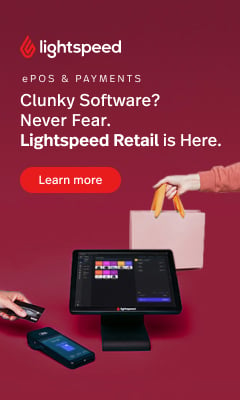Making Sense of Sensors and Beacons
Many companies have invested in camera and beacon technology to track customers within brand locations. That data is very rich. How can you make sense of the plethora of information? We recommend tying behavioural data from these sensors to the subjective data supplied by customers.
For example, a Market Force partner uses sensor data to track cars and people at a petrol station and convenience store. Data includes unique visitors, first time visitors, dwell time at certain stations (like the pump) and number of visitors entering the convenience store. This rich behavioural data can be combined with subjective survey data, contact centre data, or mystery shopping data. Brands can examine:
Relationship between dwell time and cashier service in the convenience store, and sales. Modelling can relate actual physical time spent in the convenience store to basket size and sales. It can extend to test hypotheses—like whether dwell time is related to cashier friendliness collected on your customer survey. And if that relationship exists, analytics can help determine what a cashier could do to ensure that a longer time spent in the store or at the register, ensures a higher number of items purchased.
Bounced visitors. Real estate is an expensive investment. The number of bounced visitors who spend very little time at your location is a great indicator of abandonment. This information can be related to your mystery shop data to indicate whether the attractiveness, security, and cleanliness of your site discourages or draws in traffic.
Average days between visits. This frequency metric will help you determine whether you have a steady clientele or new customers entering every day. That’s an implicit measure of loyalty and can be related to both customer satisfaction and loyalty card data.
As a last example the number of people in a particular zone can be related to conversion rate. For example, three people might visit a zone that has a live sales person and only one purchases. Conversion rate could be related to the time spent with the sales person or the effectiveness of the sales person in positioning products. The latter would be measured through customer satisfaction surveys.
With the use of GPS tracking in smart phones and the nearly ubiquitous implementation of cameras and sensors, your brand has the opportunity to link highly complex behavioural data with subjective perceptions and operational metrics like mystery shopping. A wealth of insights that your analytics team can mine to manage your business more effectively. To learn more about our location based services offering and/or analytics, get in touch: europesupport@marketforce.com














